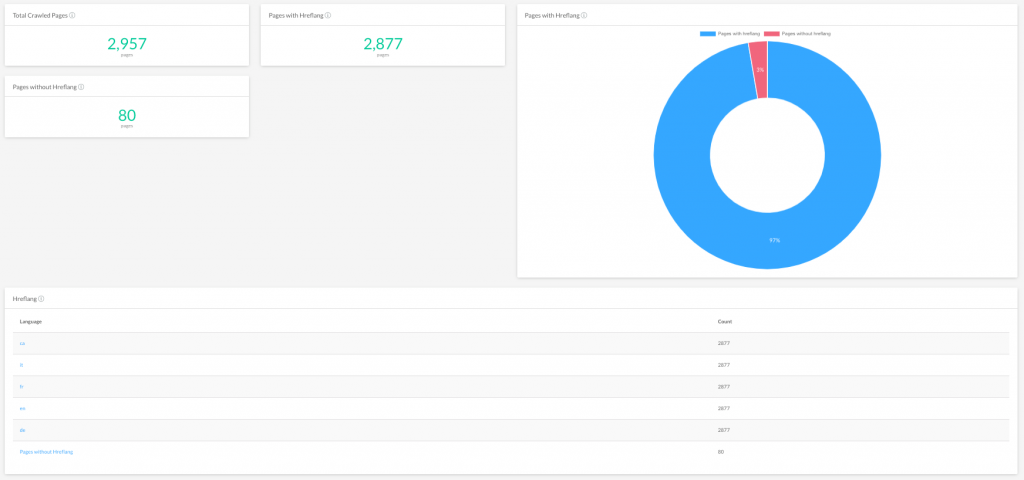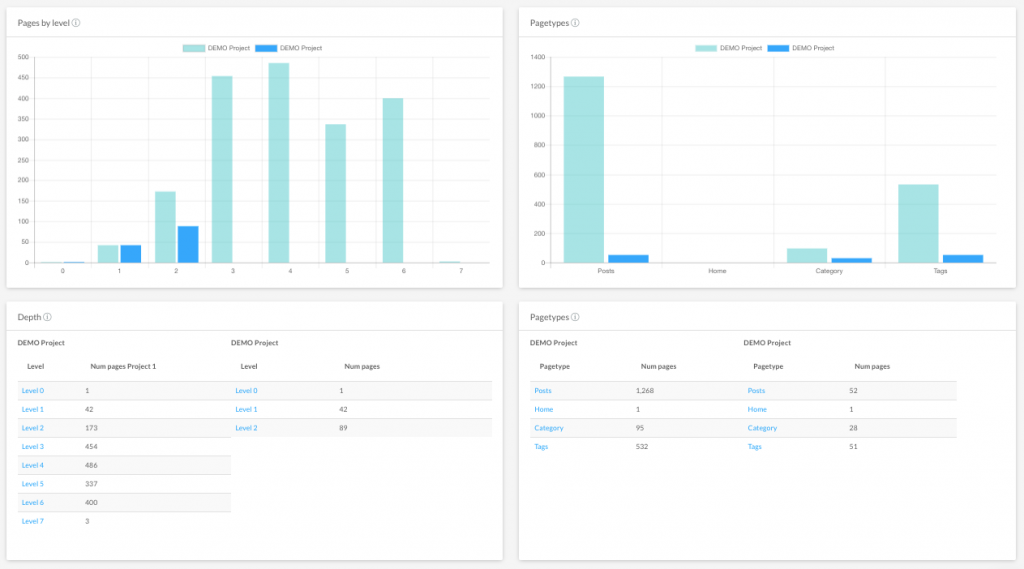Expand your online business and conquer the global market with FandangoSEO, the ultimate solution for optimizing your international SEO strategy. Going global requires an effective approach that ensures search engines easily recognize your website’s language and target countries. With FandangoSEO, you can optimize your SEO specifically for multilingual websites, reaching your desired audience effortlessly.
Don’t let the complexities of international SEO overwhelm you. FandangoSEO simplifies and accelerates your international SEO tasks, making them easy and fast to accomplish.

Hreflang Tag for international SEO
Ensure search engines accurately identify the language used on each page with the Hreflang tag. By signaling the language, Google can present your pages to users searching in that specific language. FandangoSEO helps you detect and fix any broken Hreflang tags or language declaration issues.

No missing content
Deliver consistent high-value content to your customers worldwide. FandangoSEO’s Comparison tool enables you to analyze and compare website content across different languages, identifying any missing information that needs to be addressed.
Redirects & Canonical Tags
Avoid common mistakes that lead to conflicts between the Hreflang attribute, redirects, and canonical tags. FandangoSEO ensures your redirects and canonical tags align with your Hreflang implementation, eliminating any contradictions.
